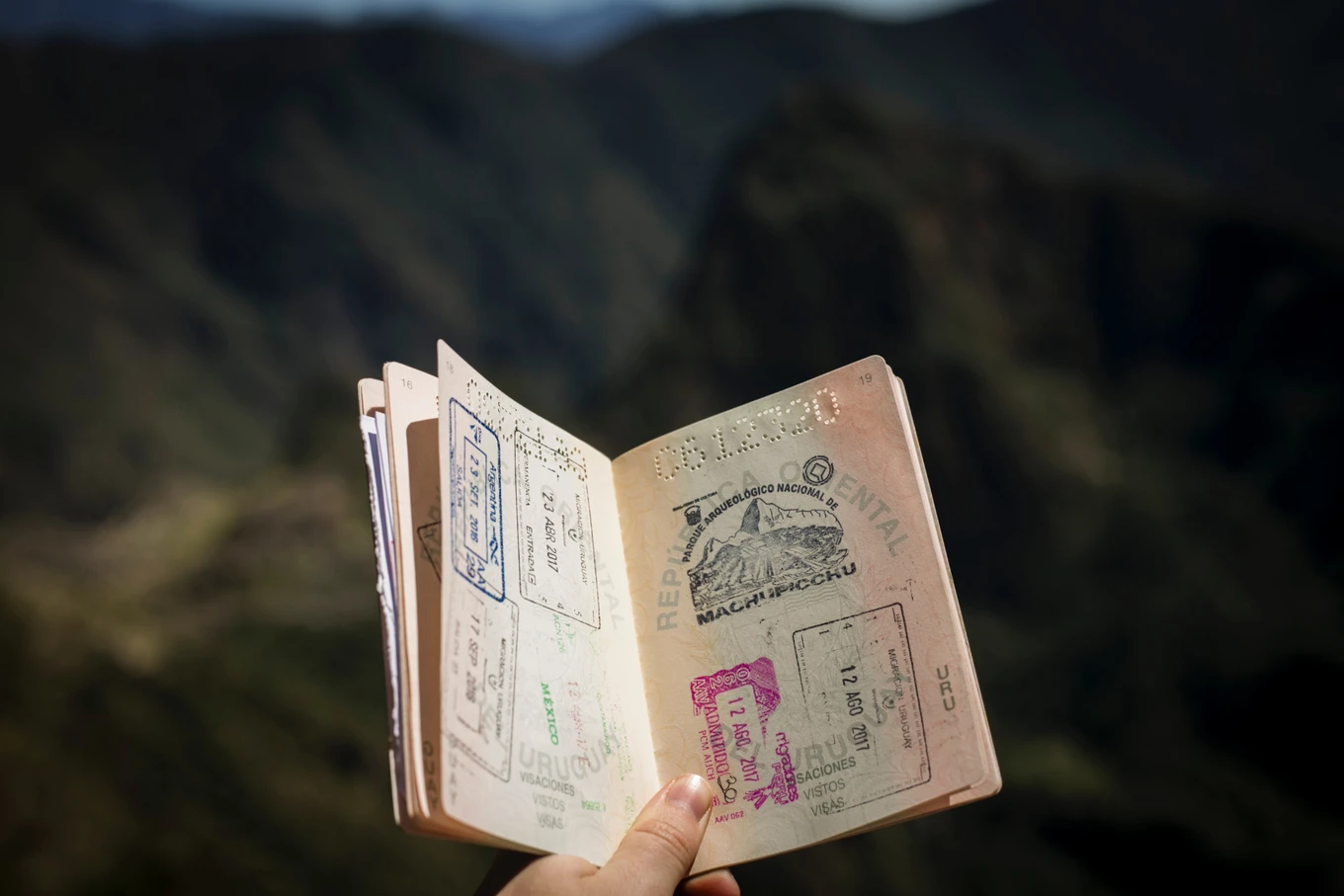What’s the difference?
Let’s face it – the Philippine passport isn’t exactly the strongest in terms of visa power, but there are over 60 countries you can travel to visa-free, visa-on-arrival, or with an e-visa! But what exactly do these three mean?
In summary, these three types of visas generally allow for easier cross-country travel, however, each have different implications and requirements per country. Below, we break down the differences among the three – so keep reading.
Visa Free
When entry to a country is listed as ‘Visa Free’ this means that an individual can travel to that specific country and go through immigration without the need of a visa. However, travellers should take note of that country’s maximum number of visa-free travel days that are permitted specifically for the country you are holding a passport from – usually called a “landing permission.”
Also, travelling somewhere visa-free does not mean you can travel without your passport. A passport is needed whenever you travel outside your country of residence, or the origin country of the passport that you hold.
Visa On Arrival
Visa-On-Arrival is exactly what its name suggests: visa to be granted on arrival. This means that you do not need to secure a visa for the country you are to visit before purchasing a plane ticket as your visa will be provided only when you reach the first port of entry to your destination.
Though it is less of a hassle, there is still a risk of your visa being denied upon arrival. That said, we highly recommend checking the specific visa-on-arrival requirements of the country you are visiting before flying, if any.
E-Visa
When a destination indicates an ‘E-Visa’ requirement for the country you hold a passport from, this means that you will need to locate and fill out the online visa application (usually found in embassy websites) prior to your visit. E-Visas vary in terms of content, however you can expect that it will need you to complete personal information and travel history to name a few. Some electronic visas may also come at a cost per application (depending on where you are travelling to) so be ready to make an online payment.
After obtaining the electronic visa, these must be printed (and we recommend having extra copies) or kept in your mobile device to present upon arrival. This will act as your permission of entry, so you can consider it good as a regular visa.
Step by Step Visa Application Guides on Klook!
Need a visa? Check out our detailed visa application guides below for several countries!




























